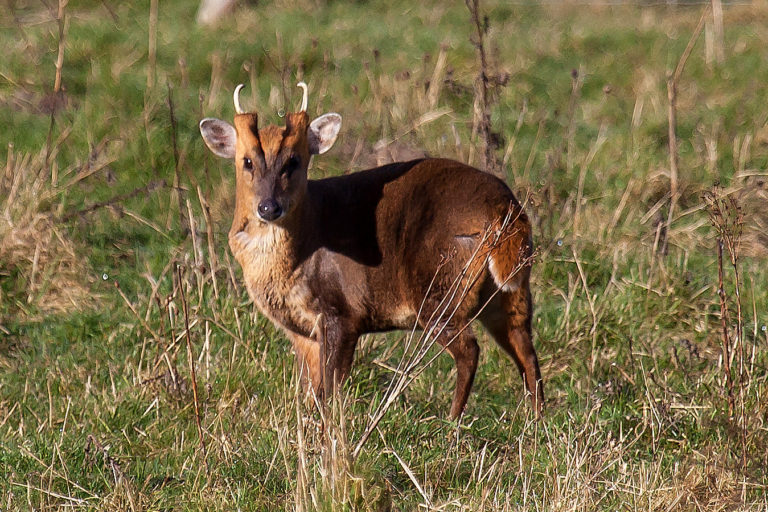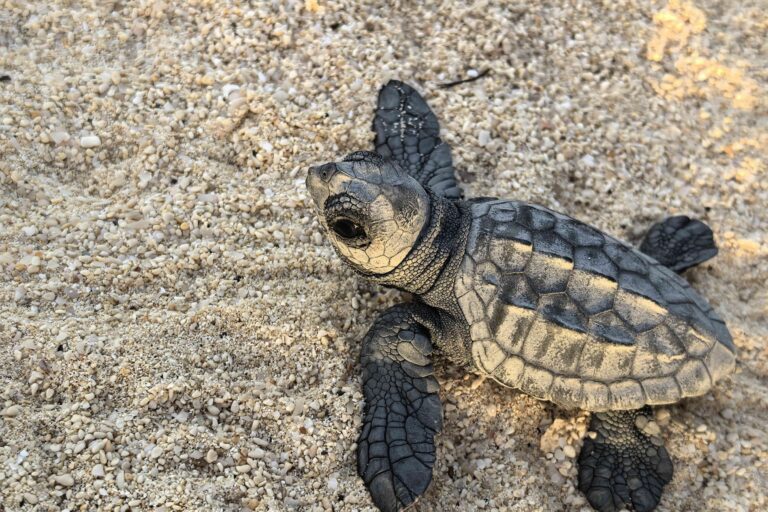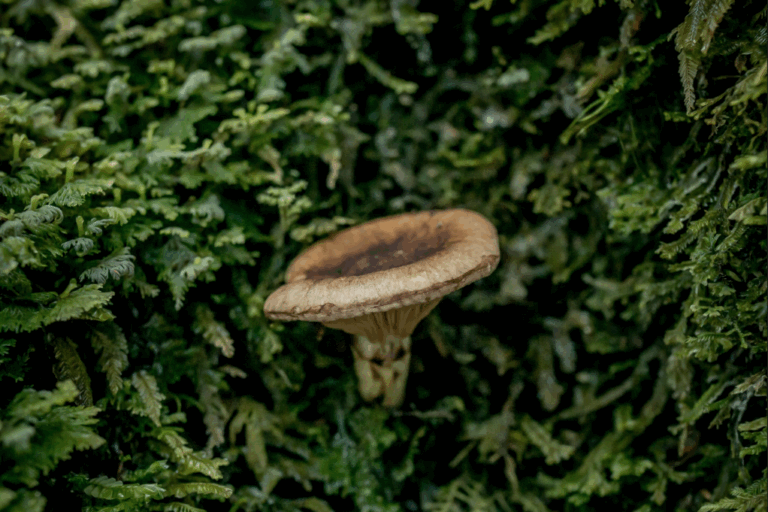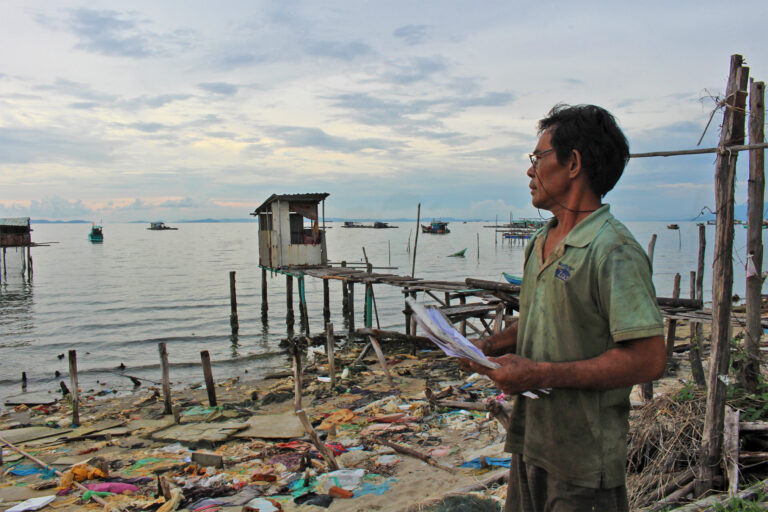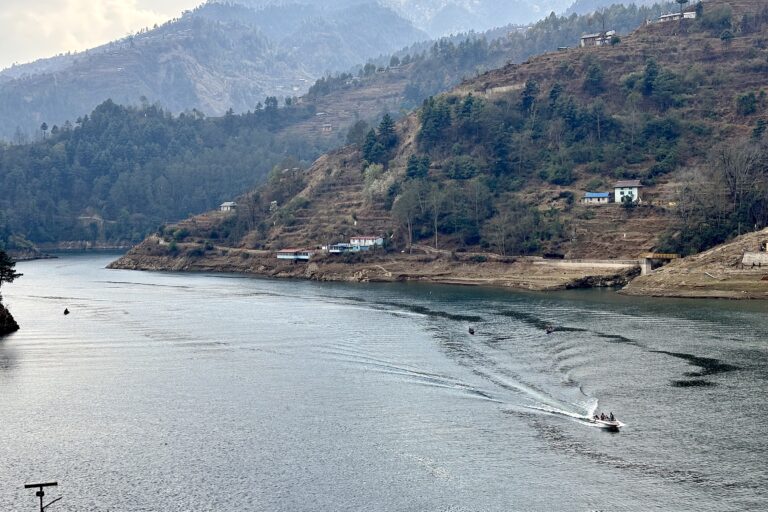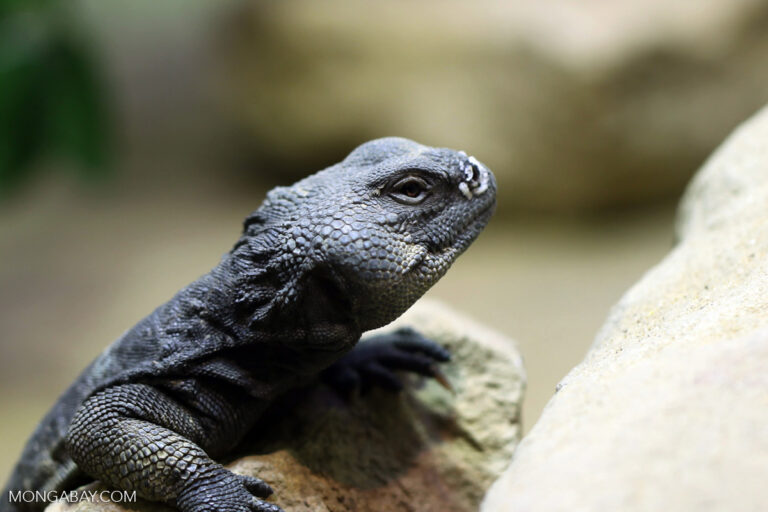Founder’s Briefs: An occasional series where Mongabay founder Rhett Ayers Butler shares analysis, perspectives and story summaries.
For more than a century, Vatsala stood. Through wars and heatwaves, bureaucracies and monsoons, she moved through India’s forests with a gait that outlasted the institutions around her. She died where she had lived for decades, in the Panna Tiger Reserve in Madhya Pradesh, after slipping into a forest drain. By then, she was blind, her body worn by time and injury—yet her presence remained steady until the very end.
Born in Kerala’s Nilambur forests, Vatsala began her life in the timber trade, hauling felled logs long before conservation laws came into force. In 1972, she was transferred north to Madhya Pradesh, and by 1993, she had become a fixture at Panna. There, she led tiger patrols, assisted in elephant births like an experienced midwife, and became a steady maternal figure to a younger herd that came to trust her slow certainty.
She survived two violent attacks by a male elephant, recovered from hundreds of stitches, and bore no known calves. Yet she raised generations. “She wasn’t the oldest,” one forest officer said. “She was the soul.”
Asian elephants once ranged widely across the continent, from Syria to Southeast Asia. Today, they are confined to fragmented habitats in 13 countries. Shrinking forest cover, competition for space and water with humans, and human-elephant conflict have taken their toll. India is home to over half the remaining wild population, but even here, the pressures mount. Elephants are now listed as endangered, and individuals like Vatsala—who bridged centuries and brought dignity to their shrinking world—are ever rarer.
Asian elephants rarely live beyond 60. Vatsala may have reached 100, or even 109. No documents survive to confirm it, so Guinness will not record her. That suited her legacy. She needed no plaque. Her record was etched in memory—in the caretakers who called her Dadi (grandmother), in the calves who leaned into her for comfort, and in the tourists who paused quietly, sensing something older than spectacle.
Her body was cremated at Hinauta Camp, the place she called home. The paths she once walked are still now. But those who watched her lead, and those who once held her trunk as she took her slow steps, will not forget.








